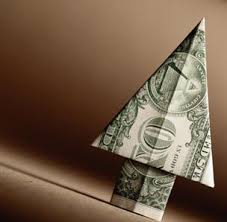Tag: Competition
-

Your Price Is Too High!
Your price is too high really means “You haven’t shown your value to me.”
-

Is Your Sales Team Asking The Right Pricing Questions?
Make no mistake; no customer buys anything just because they like you.
-

Who’s Your Best Customer?
Stop selling and start solving your customer’s problems.
-

Are You Ready For A Dog Eat Dog World?
It’s impossible to separate price and value. For many of us, a big part of our current competitive situation boils down to one word. Price.
-

Are You Walking In Your Competition’s Shoes?
You and your team need to live in the competition’s head. That way, you’ll have a good idea about how they will try to sell against you. You’ll find the chinks in your armor more easily and you will ultimately be more successful in the market place.
-

Are You Pricing for Volume or Profit?
Business is a Game of Margin – Not Volume!
-

Are You Making It Too Easy For Your Competition?
How well do you know your competition? Put your knowledge to the test and build a competitive sales pitch. Be aggressive and be the competition.
